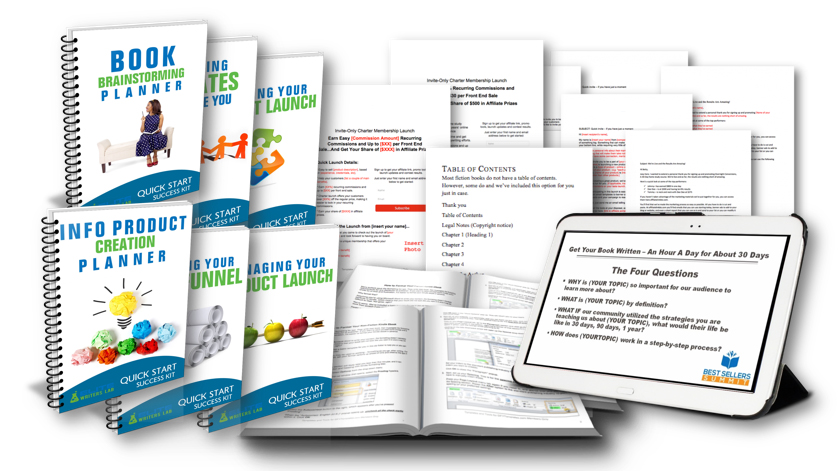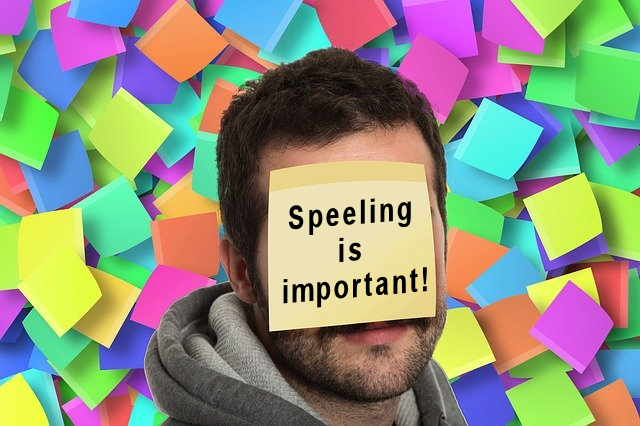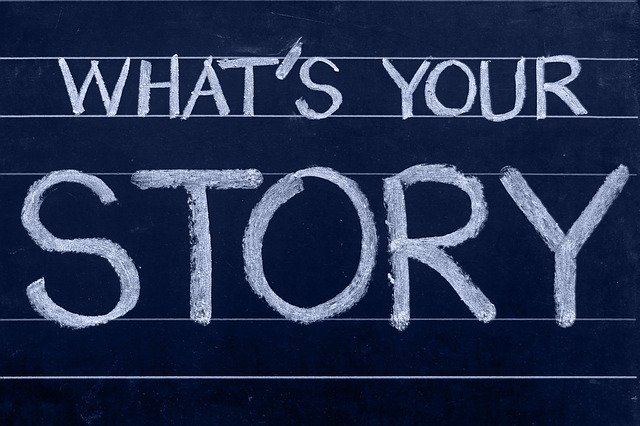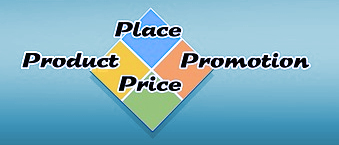One tip for good copywriting and persuasive writing is to use the right words to evoke emotion in your readers. Evoking emotion requires that you know your audience, understand the benefits of your product, and know the right type of words to use to help your readers learn to trust you enough to feel those emotions.
Understanding Emotions
There are different types of emotion that you should seek to understand, and then relate to your products and services in a way that makes your prospects feel the emotions that will make them act. It takes knowing your audience well to know which triggers will work with them.
Anger
It might seem strange to want your prospects to be angry. But, you can evoke anger in your sales copy by making them angry about what is happening to them regarding their problem. You can do this via a blog rant, a YouTube rant, and by showing your own emotions about the topic. You can help fuel and then target the anger they feel toward the situation to drive them to purchase your solutions.
For example, if you market a meal plan to help people stay or get healthier, you can direct your anger at the food companies, the FDA, pesticide companies and even doctors and dieticians that don’t pay attention to the research you have uncovered.
Fear
Evoking fear in your prospects is a time-honored marketing tradition. It’s time-honored because it gets results. There are numerous ways to evoke feelings of fear. One of them is fear of missing out. Another way to deal with it is to gain an understanding of your buyer’s journey and recognize when they begin to feel fear and then provide information to calm their fear with your solution.
Focus on the danger of not buying your offer. For example, the price is going to go up, or you’re only allowing ten customers to buy the product or service. You can talk about all the bad things that may happen if your prospect doesn’t buy. This works well with different types of products if there are consequences for not buying them.
Disgust
When you use the copy to evoke feelings of disgust, it might backfire if you don’t do it right. You want your audience to feel disgusted about the problem and not the solution. Get to know what types of issues disgust them. For example, if you sell vitamins, you can make your audience disgusted at the misinformation out there about how severely vitamin deficiency can affect people and the lack of information available.
Then, you can lead them toward your solution and the information you provide to lift the disgust and make a big difference in their lives. There are many ways to use this emotion in your copy if you are very careful about the words you use, ensuring that their feelings of disgust aren’t misdirected and are quickly solved.
Contempt
Usually, this is reserved for political ads. A politician will make you dislike the opponent by using facts to make you realize how wrong that person is for the job – and due to the opponent’s wrongness, how right they are. Using contempt in your descriptions and marketing can cause some controversy. But, sometimes controversy can be a viral component that gets people talking.
If you know your audience hates something, and you have the power to eliminate that thing that they hate (lack of time, false advertising, not delivering on promises, etc.), that brings the feeling of contempt. Often people don’t know that they’re feeling this emotion, but it is a significant component that can make a big difference in your copy for the right product.
Joy
What is joy? Joy is an over-the-top emotion past regular happiness. When you sell joy, you will want to use some hyperbole – but don’t lie. You can do this by focusing on the benefits of your products as much as you can. Focus on not only the product’s benefits now but also on the joy your buyer will feel later.
Use descriptive words (avoiding clichés) to pull your audience toward the feelings you want them to feel. If you’re selling software that will give your client the ability to have two or more hours in their day, evoke the joy by describing the things they can do during those extra two hours.
Sadness
There are many businesses that deal in sadness every single day. Funeral homes, hospices, fundraising during tragedies and so forth are all times when sadness is used to get people to spend more money.
You can use sadness in many ways. Connect the reader/buyer to the sad situation of the victim. For example, this is used with fundraising for pets. They show you pictures of a lot of sad pets and then, of course, you have to get out your credit card to help those animals. You can use sadness by showing the sadness of people before they bought your product or used your service too.
Surprise
It’s hard to use surprise in copywriting but surprise can get the attention of your audience, which will help keep them engaged. For example, it’s hard to keep people’s attention. They have advertising blindness, they skip through ads online, and they speed through ads on their DVRs and basically ignore them.
But, if you add in something surprising, you’ll catch their attention to ensure that they stick to your sales page so that they can read your offering. One way to surprise people is to deliver what you promised, plus slightly more. In this way, they’ll recommend you to others because it so often doesn’t happen that it will elicit a feeling of surprise in them.
Of course, there are more emotions than these, but all the others flow from these seven main emotions that humans display. Using the right words makes all the difference in how your readers feel as they read your content.
Get More Content Like This:
If you found this advice helpful, you’ll find more of it in our Elite Writer’s Lab, and the good news is, you can join and get instant access to a huge library of content, just for writers, by clicking here. And you can get in for just $1.

You’ll also have access to a huge library of other expert interviews, courses and resources for turning your writing skills into a living. You’ll love our Quick Start Success Kit that will you publish and market your first book or information product quickly!








